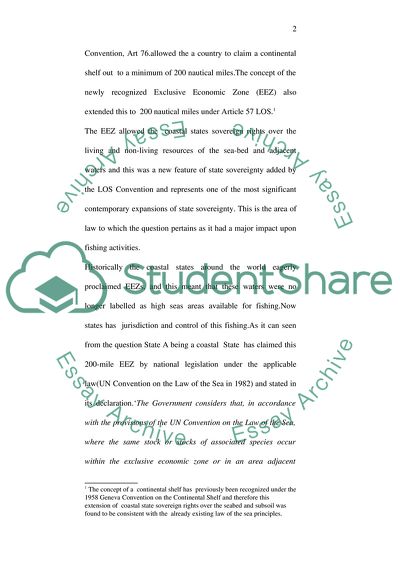Cite this document
(“Scenario Question: Law of the Sea Essay Example | Topics and Well Written Essays - 4750 words”, n.d.)
Retrieved from https://studentshare.org/law/1544935-scenario-question-law-of-the-sea
Retrieved from https://studentshare.org/law/1544935-scenario-question-law-of-the-sea
(Scenario Question: Law of the Sea Essay Example | Topics and Well Written Essays - 4750 Words)
https://studentshare.org/law/1544935-scenario-question-law-of-the-sea.
https://studentshare.org/law/1544935-scenario-question-law-of-the-sea.
“Scenario Question: Law of the Sea Essay Example | Topics and Well Written Essays - 4750 Words”, n.d. https://studentshare.org/law/1544935-scenario-question-law-of-the-sea.


